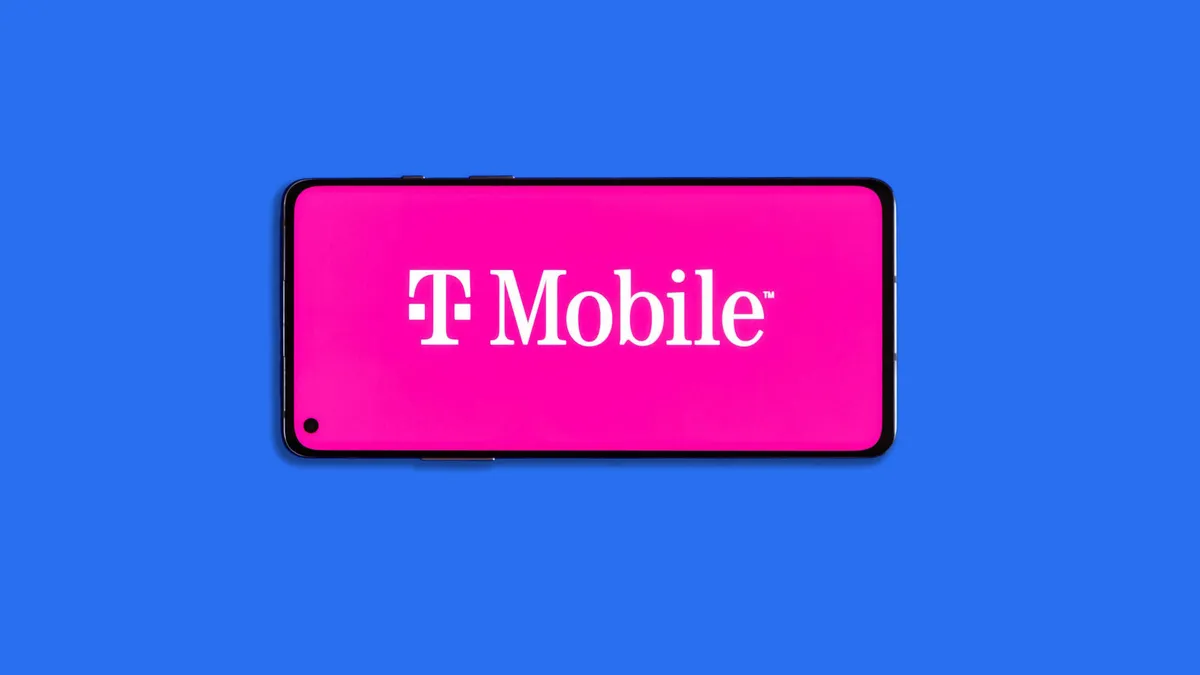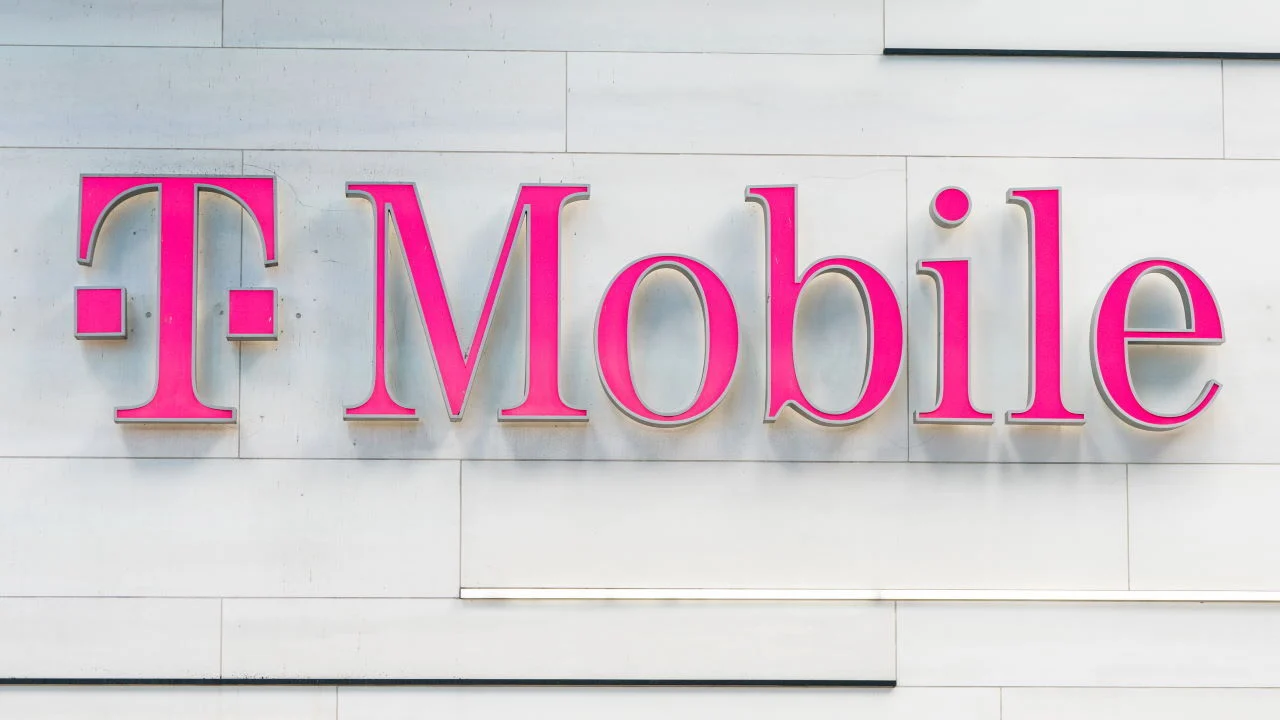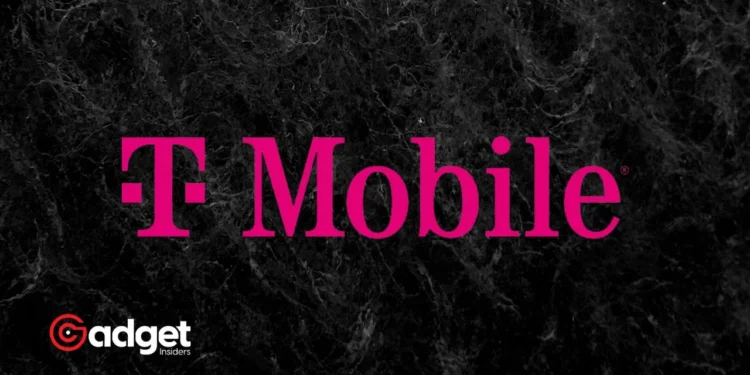In the ever-evolving landscape of the US mobile network scene, a recent announcement from T-Mobile has once again stirred the pot among its vast user base. With a reputation for shaking up the telecom industry with its “Un-carrier” initiatives, T-Mobile seems to have taken a page out of its competitors’ playbook, introducing new fees that are causing a stir among its prepaid customers.

A Shift in Strategy: T-Mobile’s Latest Move
It wasn’t long ago that T-Mobile distinguished itself by bucking industry trends, challenging the status quo set by giants like Verizon and AT&T. The company built its brand on being different, on being the “Un-carrier” that didn’t follow the beaten path laid out by its competitors.
Yet, as the saying goes, times change. Recent developments indicate that the company might be embracing some of the very tactics it once criticized, with the introduction of a new monthly fee causing quite a stir among its user base.
T-Mobile confirms new monthly fee for April 25: here’s how you can avoid it https://t.co/EGM0n32U1d
— Info Link (@InfoLink_1) March 31, 2024
The New Fees on the Block
T-Mobile’s latest fee introduction has been met with frustration, particularly among prepaid users, signaling a departure from its earlier customer-first approach. The details of these fees, which include a $25 Device Connection fee and a $5 in-store payment support charge, were leaked by The Mobile Report ahead of the official announcement.
While the former’s implementation was postponed, the latter is set to roll out on April 25, marking a significant change in how the telecom brand interacts with its customers.
The $5 Conundrum
Starting April 25, T-Mobile will implement a $5 fee for every “assisted” payment made in-store. This move aims to encourage digital transactions, ostensibly to streamline operations and reduce physical interactions. However, for many, this fee represents an unwanted barrier, penalizing those who prefer or require in-person assistance for their transactions.

How to Dodge the New Fee
T-Mobile has offered a solution for those looking to avoid this new fee. By switching to digital payment methods, customers can bypass the $5 charge altogether. Options include paying online, using a credit or debit card to refill balances, or utilizing IVR (Interactive Voice Response) systems for phone assistance without incurring additional costs.
While this may seem like a straightforward fix, it places the onus on the customer to adapt to T-Mobile’s new policies, potentially alienating those less comfortable with digital transactions.
A Glimpse into the Future
As April 25 approaches, many are left wondering whether the telecom giant might reconsider its stance on the new fee. While there’s always a possibility of change, especially in the fast-paced world of telecommunications, the official details released by T-Mobile suggest that the company is moving forward with its plans.

Expert Insight
Adrian, a seasoned tech journalist with a rich background in mobile technology, views this development with a critical eye. Having witnessed the evolution of the telecom industry since the era of the Nokia 3310, Adrian recognizes the potential impact of T-Mobile’s new fees on consumer choice and the broader market dynamics.
His experience, spanning contributions to notable tech publications, gives him a unique perspective on the significance of these changes, not just for T-Mobile’s customers but for the industry at large.
T-Mobile’s introduction of new fee-for-assisted payments marks a significant shift in its approach to customer service. As the April 25 deadline looms, customers and industry observers alike are keenly watching to see how this move will affect the telecom giant’s relationship with its user base and its standing in the competitive landscape.
With digital payment methods being touted as the solution, the coming weeks will undoubtedly reveal much about the future direction of T-Mobile’s “Un-carrier” philosophy.










